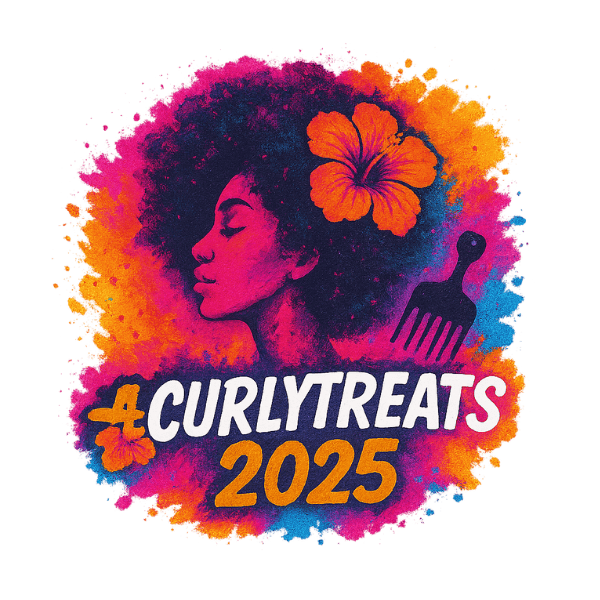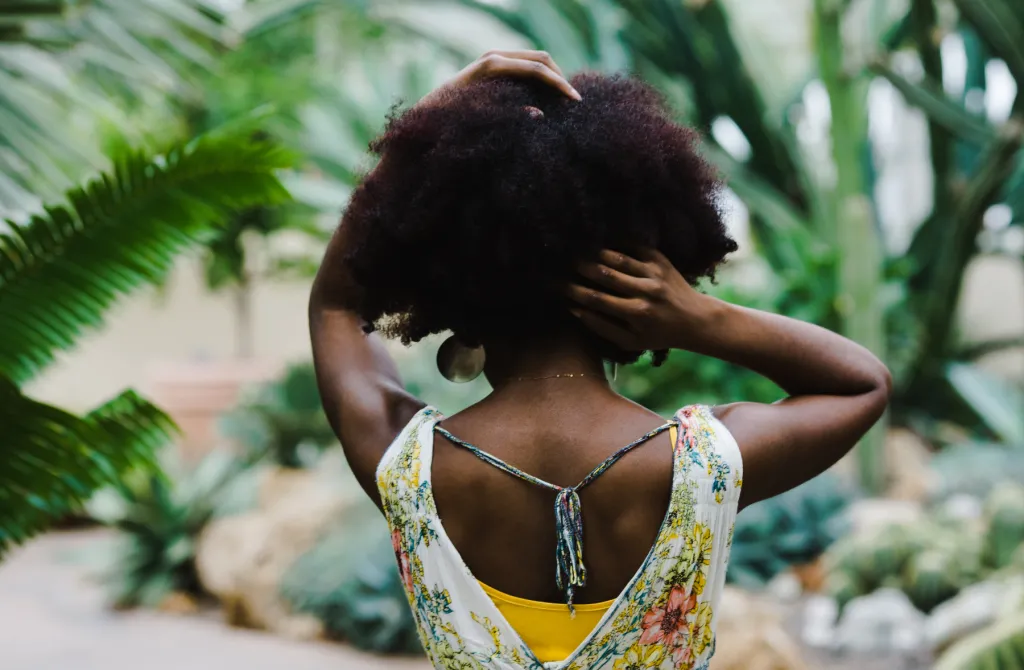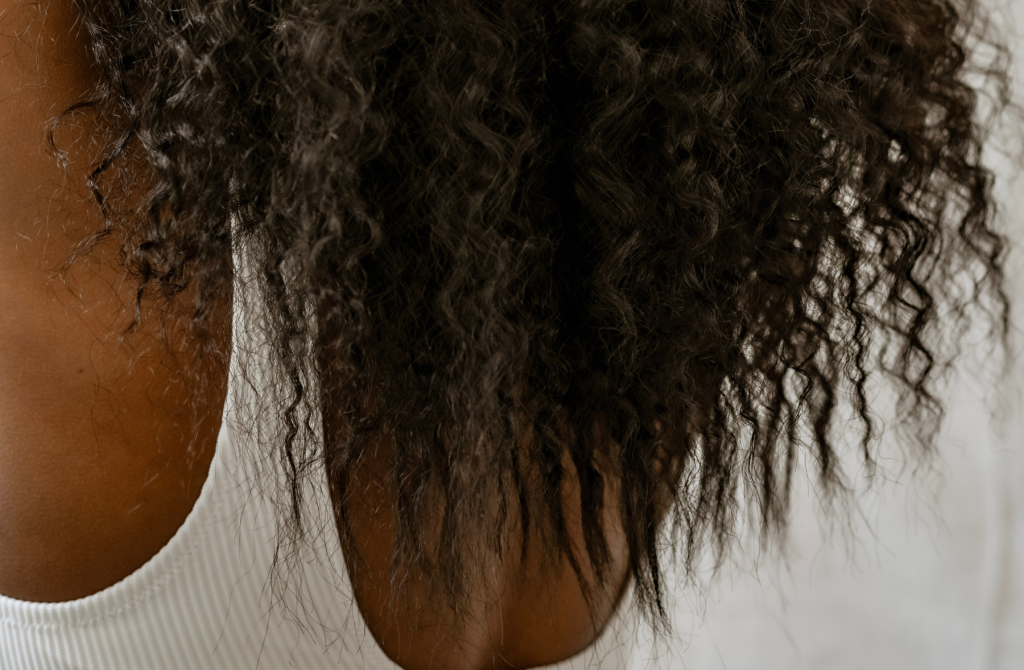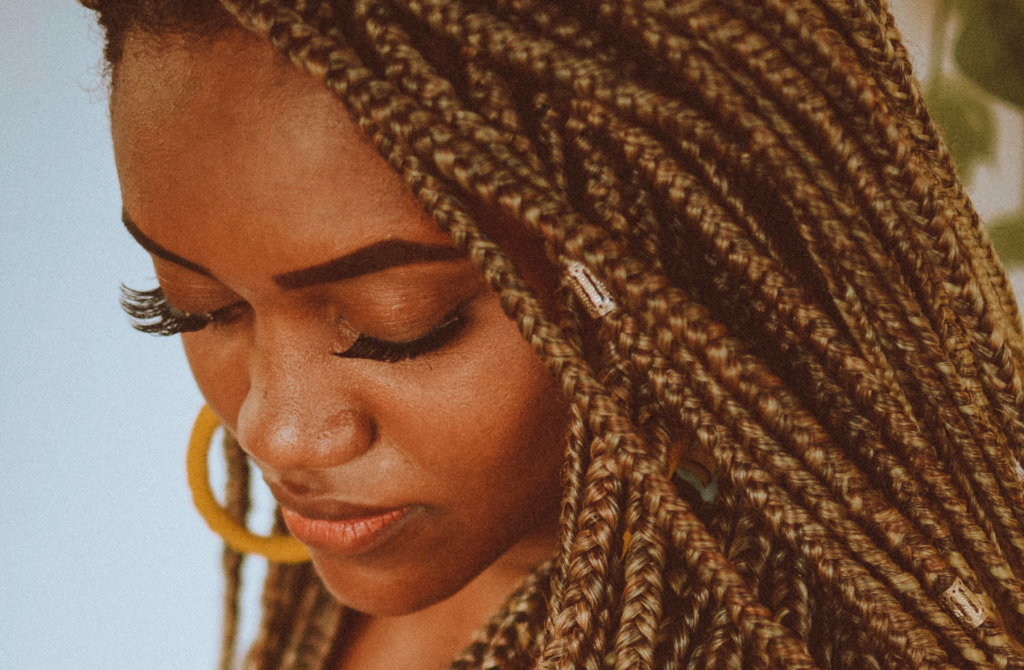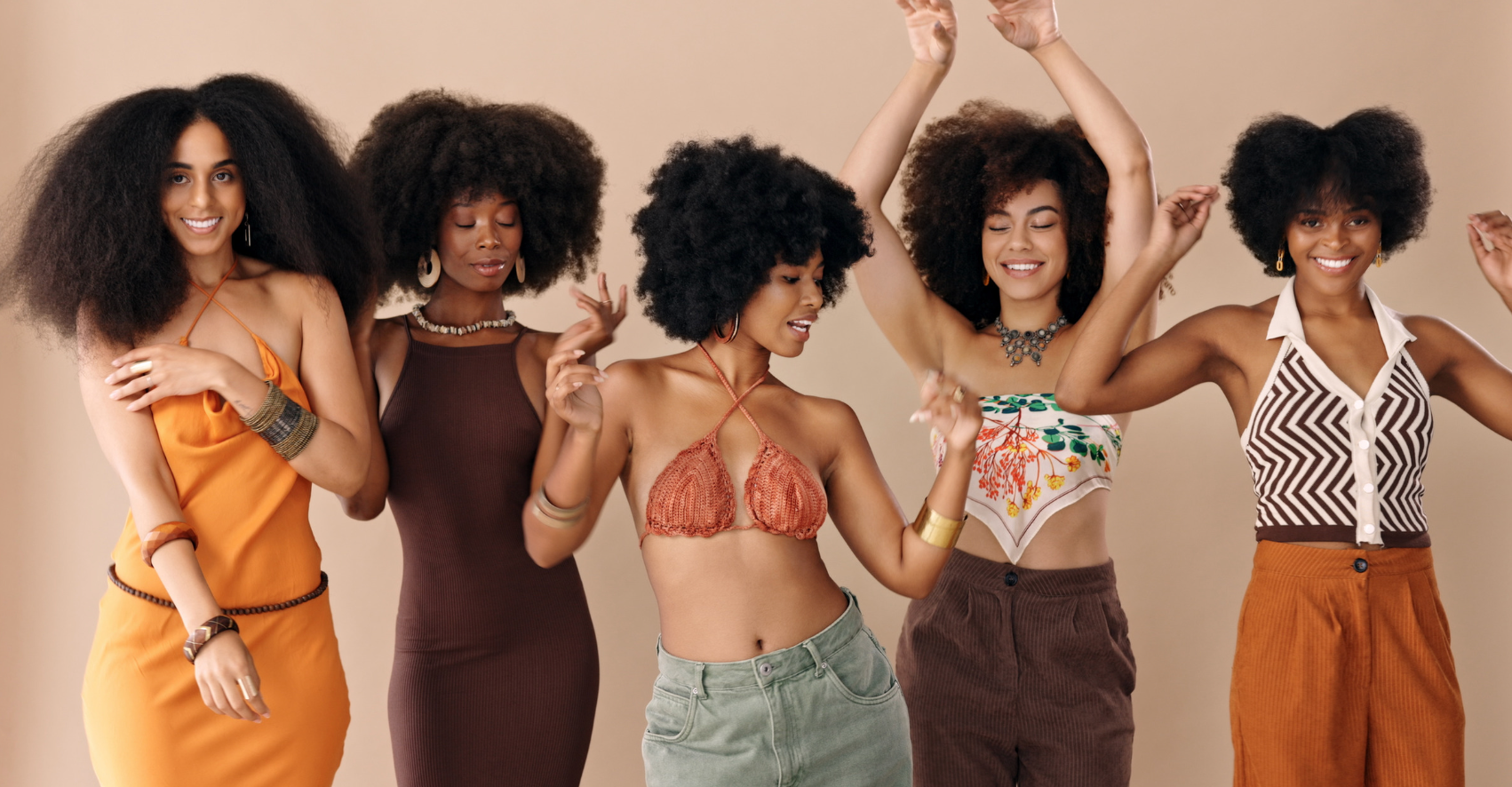When it comes to natural hair, myths and misconceptions are everywhere. You’ve probably heard numerous theories on how to care for your curls but what’s the truth?
Dispelling these natural hair myths isn’t just about setting the record straight; it’s essential for cultivating healthier, happier curls.
Whether you’ve just started your natural hair journey or you’ve been rocking your curls for years, knowing fact from fiction can make a huge difference in how your hair thrives.
In this post, we’ll uncover common natural hair myths, offering clarity, practical advice, and actionable tips to elevate your curl-care routine.
Natural hair myths #1: Natural hair doesn’t grow
One of the most persistent natural hair myths is that natural hair doesn’t grow or grows very slowly.
Let’s debunk this immediately: All hair grows, regardless of type or texture, typically at a rate of about half an inch per month. The misconception happens because curly hair’s growth isn’t as obvious due to shrinkage, making it seem like your hair stays the same length.
Growth happens continuously, but length retention depends heavily on how well you manage your hair’s health. Breakage is often the culprit behind seemingly stalled growth.
How to enhance hair growth and retention:
- Regular trims every 8-12 weeks to eliminate split ends
- Gentle detangling using wide-tooth combs or fingers
- Protective styles to reduce daily manipulation
- Consistent deep conditioning to maintain moisture levels
- Nutrient-rich diet to nourish hair follicles from within
Natural hair myths #2: Natural hair care routines are complicated
Another prevalent myth suggests natural hair requires excessive time and complicated routines.
While natural hair might initially seem demanding, it becomes simpler once you understand your curls’ specific needs.
A simplified, effective routine doesn’t have to dominate your schedule. The key lies in finding products and methods that directly address your hair’s unique texture and porosity.
Easy, effective wash-day routine (under 1 hour):
- Pre-poo (5 minutes): Apply a light oil (e.g., jojoba oil) to soften curls before washing.
- Cleansing (10 minutes): Use a sulphate-free shampoo or cleansing conditioner to gently remove dirt.
- Conditioning (15 minutes): Apply conditioner generously and detangle while the conditioner is in, then rinse.
- Moisturising (10 minutes): Add a leave-in conditioner to keep curls hydrated throughout the week.
- Styling (15 minutes): Choose a simple protective style like twists, braids, or buns to minimise daily handling.
Natural hair myths #3: Natural hair is inherently dry
This myth often discourages people from embracing their curls, believing dryness is inevitable.
Curly hair can indeed become dry quickly because natural oils from the scalp find it challenging to travel along the hair strand’s curves. But dry hair isn’t inevitable – it’s manageable.
To overcome dryness, maintaining moisture balance is necessary. The trick is consistent hydration through regular moisturising practices.
Best practices for hydration and curl definition:
- Use water-based moisturisers to replenish hydration daily.
- Apply natural sealants (e.g., coconut oil, shea butter) to lock moisture into strands.
- Employ the LOC method (Liquid, Oil, Cream) for long-lasting moisture.
- Weekly deep conditioning treatments to restore hair’s moisture balance.
Consistent moisturising dramatically enhances your curls’ overall health, appearance, and manageability, proving dryness is far from an unavoidable fate.
Natural hair myths #4: Protective styles aren’t necessary for natural hair
Some believe that because natural hair appears robust, protective styling isn’t needed. But, natural curls can be surprisingly delicate and susceptible to environmental and mechanical damage.
Protective styling helps reduce damage from daily manipulation, harsh weather conditions, and environmental stressors, significantly aiding length retention and overall hair health.
Best protective styling tips:
- Choose low-tension styles like loose twists or braids.
- Avoid styles that strain your edges or scalp.
- Moisturise your hair regularly even while in protective styles.
- Limit protective styles to 4-6 weeks to avoid matting or breakage.
- Use satin scarves or pillowcases to prevent moisture loss overnight.
Natural hair myths #5: All natural hair products deliver similar results
This myth leads many to mistakenly believe they can use any natural hair product interchangeably.
Every curl is unique, meaning the product that works wonders for one person might not suit another.
Ingredient knowledge is essential for selecting products tailored specifically to your curls, helping avoid unnecessary frustration and wasted resources.
Actionable checklist for choosing the right products:
- Identify your curl type and porosity level.
- Seek products containing nourishing ingredients like aloe vera or glycerine.
- Avoid harsh ingredients such as sulphates, parabens, and drying alcohols.
- Trial new products gradually to gauge your curls’ responses.
Final thoughts
Dispelling natural hair myths empowers you to approach hair care confidently and effectively.
By debunking misconceptions, you can achieve healthier, more vibrant curls that reflect your true self. Don’t let misinformation hold your curls back – embrace knowledge based hair care to fully realise your curl potential.
